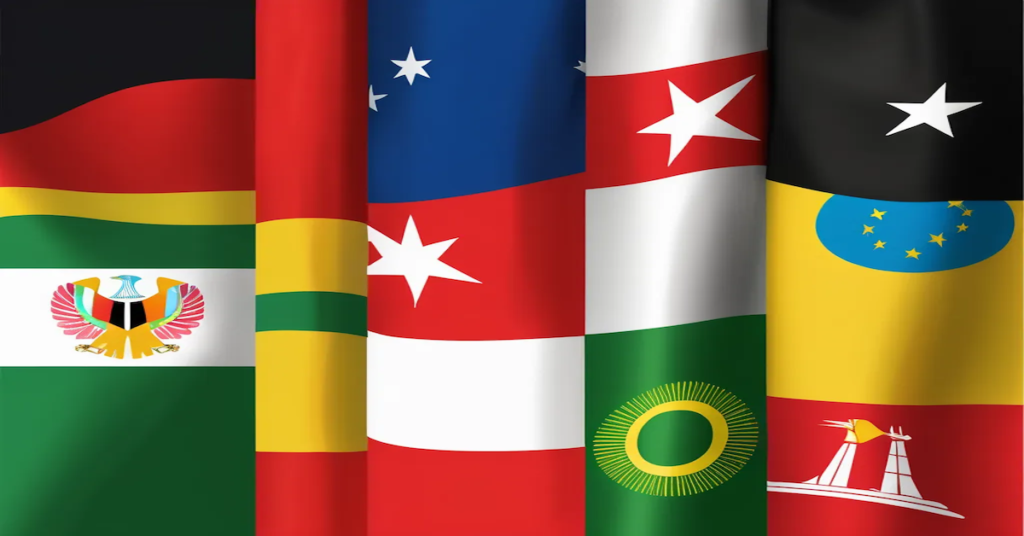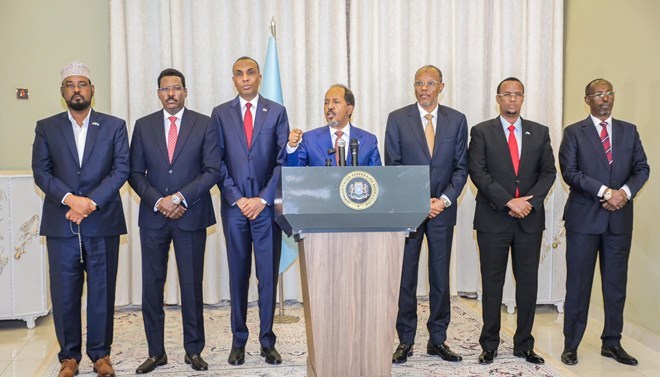
by
As Somalia navigates a complex and challenging geopolitical landscape, it faces an array of dangers that threaten its sovereignty, unity, and future. The lack of national mobilization and the increasing dependency on foreign nations have left Somalia vulnerable to external manipulation and internal decay. Without immediate action, the country risks fragmentation or becoming a mere shadow of its former self, consumed by neighboring adversaries.
The Peril of Khat: A Weapon Against Somalia’s Future

One of the most insidious dangers comes from khat, a stimulant drug primarily imported from Ethiopia and Kenya—Somalia’s historical adversaries. The widespread consumption of khat among the Somali population, including the armed forces, poses a significant threat. In the event of conflict, the dependence on this drug could be exploited by Ethiopia and Kenya to weaken and poison the very people who are supposed to defend Somalia. Khat’s destructive impact extends beyond individual health; it undermines the collective strength and readiness of Somalia’s armed forces, leaving the nation exposed and defenseless in the face of aggression.
The Silent Threat of Unaccounted Ethnic Ethiopians

Another growing concern is the presence of unaccounted ethnic Ethiopians across Somalia, embedded within security forces, intelligence, civilian sectors, and the labor workforce. This hidden danger could be mobilized by Ethiopia at a moment’s notice, compromising Somalia’s internal security and sovereignty. The potential for these individuals to act as agents of Ethiopia, whether in times of peace or conflict, is a strategic risk that cannot be ignored. The infiltration of key sectors by foreign nationals further exacerbates Somalia’s vulnerability, creating a ticking time bomb that could be detonated by external powers.
Fragmented Politics: A Nation Divided

Adding to these external threats is the internal division within Somalia itself. The fragmented political landscape, dominated by regional and tribal affiliations, has weakened the nation’s unity and ability to act collectively. These divisions have left Somalia susceptible to manipulation by foreign powers, who exploit the lack of cohesion for their gain. The absence of a unified national vision and purpose has eroded the country’s resilience, making it easy prey for external forces seeking to destabilize and control it.
The Looming Geopolitical Threat: Ethiopia, Kenya, Egypt, and Turkey

As Somalia’s internal divisions persist, a new geopolitical danger looms on the horizon. What if Ethiopia, Kenya, Egypt, and Turkey—four nations with vested interests in the Horn of Africa—negotiate their differences? Such an agreement could come at Somalia’s expense, with these powers carving up influence and territory to serve their strategic objectives. The consequences of such a scenario would be catastrophic, potentially leading to the disintegration of Somalia as a nation-state and the loss of its territorial integrity.
A Call for Immediate Reconciliation and Unity





In light of these mounting dangers, it is imperative that the federal government of Somalia and regional leaders set aside their differences and prioritize the nation’s survival. Good faith reconciliation and concessions are not just desirable; they are necessary to preserve Somalia’s sovereignty and future. Leaders must rise above narrow interests and embrace a shared vision that unites the Somali people against external threats. The time for action is now, before it is too late.
Conclusion: The Future of Somalia Hangs in the Balance

If Somalis do not work out their differences, it is not a matter of if, but when Somalia will break into multiple nations or be consumed by Ethiopia and Kenya. The borders of Somalia could become no more than lines on a map, erased by the ambitions of foreign powers. The Somali nation, rich in history and culture, stands at a crossroads. The path forward requires unity, resilience, and a commitment to the greater good. Without these, Somalia’s future will be written not by its people, but by those who seek to divide and conquer it.
Share this post:
One response to “The Dangers Facing Somalia:”
-
The aesthetic effects of general knowledge, and Somalitology has been dimmed there for almost four decades by human errors, i.e., the civil war (external displacement & internal displacement), famine, mass migration into virtual-reality & creed conflict. Luckily, a few of women and men of young generation, still, have revolted to surrender to this backwardness while the others became victim of crimes against humanity and common sense-phobia.
Thank you Mr. Abdirashid, for being among those who are willing to shed light on the link between fear and danger.
Leave a Reply